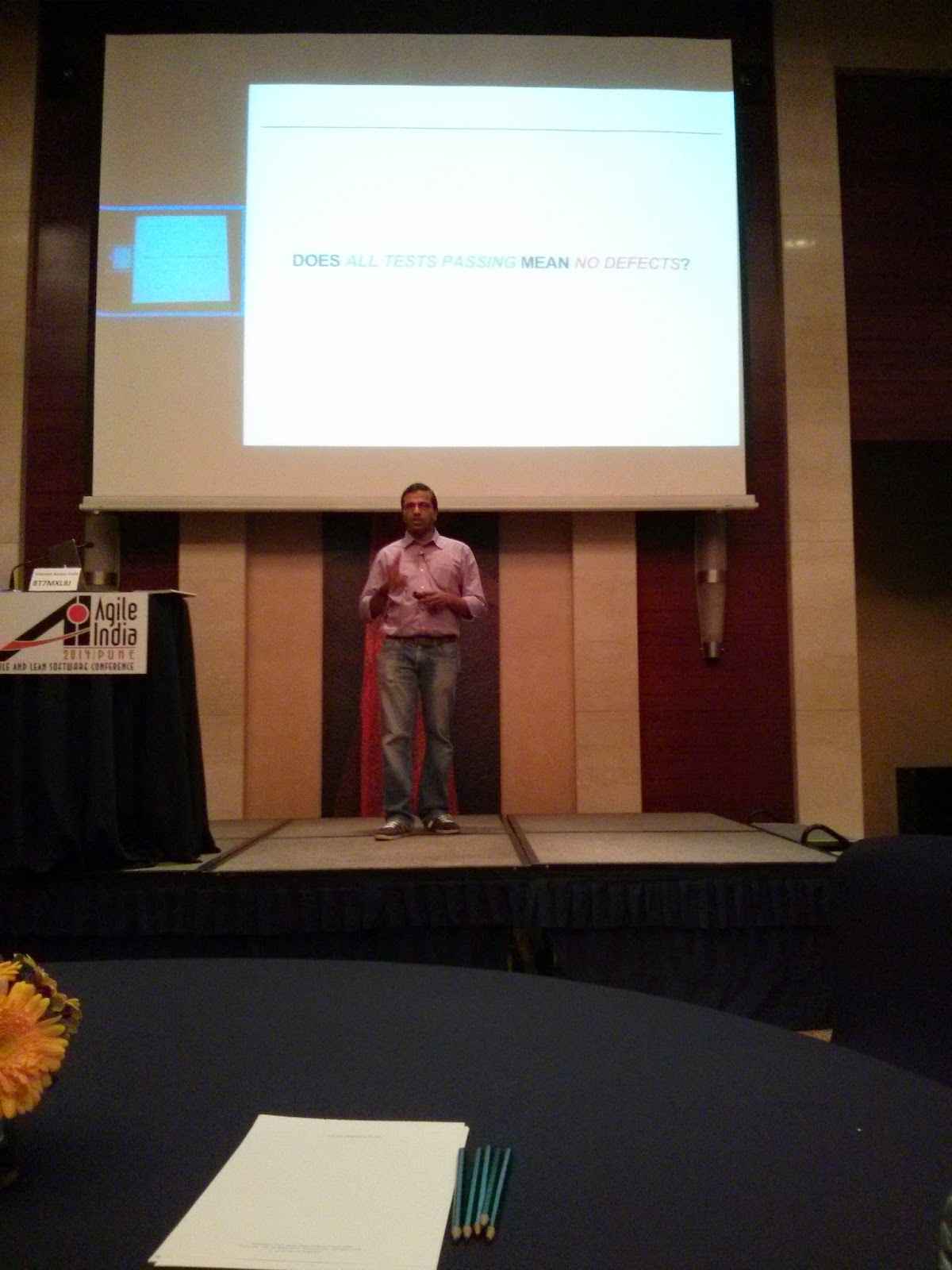[UPDATED - Slides added]
Yet another vodQA begins today, Saturday, 25th April 2015 - this time at ThoughtWorks, Bangalore. The theme for this vodQA is - "Push the Envelope". The detail agenda can be found here.
I conducted a workshop on "Client-side Performance Testing" in vodQA Bangalore.
Abstract of the workshop:
In this workshop, we will see the different dimensions of Performance Testing and Performance Engineering, and focus on Client-side Performance Testing.
Before we get to doing some Client-side Performance Testing activities, we will first understand how to look at client-side performance, and putting that in the context of the product under test. We will see, using a case study, the impact of caching on performance, the good & the bad! We will then experiment with some tools like WebPageTest and Page Speed to understand how to measure client-side performance.
Lastly - just understanding the performance of the product is not sufficient. We will look at how to automate the testing for this activity - using WebPageTest (private instance setup), and experiment with yslow - as a low-cost, programmatic alternative to WebPageTest.
Here are the slides used in the workshop:


















